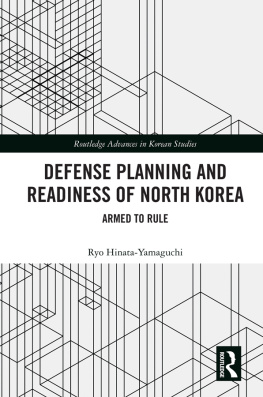Nicole Ball - The Structure of the Defense Industry: An International Survey
Here you can read online Nicole Ball - The Structure of the Defense Industry: An International Survey full text of the book (entire story) in english for free. Download pdf and epub, get meaning, cover and reviews about this ebook. year: 2021, publisher: Taylor & Francis Group, genre: Politics. Description of the work, (preface) as well as reviews are available. Best literature library LitArk.com created for fans of good reading and offers a wide selection of genres:
Romance novel
Science fiction
Adventure
Detective
Science
History
Home and family
Prose
Art
Politics
Computer
Non-fiction
Religion
Business
Children
Humor
Choose a favorite category and find really read worthwhile books. Enjoy immersion in the world of imagination, feel the emotions of the characters or learn something new for yourself, make an fascinating discovery.

- Book:The Structure of the Defense Industry: An International Survey
- Author:
- Publisher:Taylor & Francis Group
- Genre:
- Year:2021
- Rating:3 / 5
- Favourites:Add to favourites
- Your mark:
The Structure of the Defense Industry: An International Survey: summary, description and annotation
We offer to read an annotation, description, summary or preface (depends on what the author of the book "The Structure of the Defense Industry: An International Survey" wrote himself). If you haven't found the necessary information about the book — write in the comments, we will try to find it.
Proponents of arms control and disarmament are often confronted with the argument that reductions in defense expenditure lead to cutbacks in military industries and thus to economic hardship. While a reduction in defense production would cause some economic dislocation, this would be mitigated by the ability of the economy to adapt to changing patterns of production. This book, first published in 1983, assesses the likely effects of reductions in defense industries by an examination of the roles these industries play in national economies. Each chapter discusses industry employment, output, research and development, capital value, profitability, concentration and competition, internal organization and regional employment concentration. Other questions considered include the economic importance of weapons exports, the defense industry as a leading edge in maintaining national technological capabilities, and the reliance of individual firms on defense contracting.
Nicole Ball: author's other books
Who wrote The Structure of the Defense Industry: An International Survey? Find out the surname, the name of the author of the book and a list of all author's works by series.










